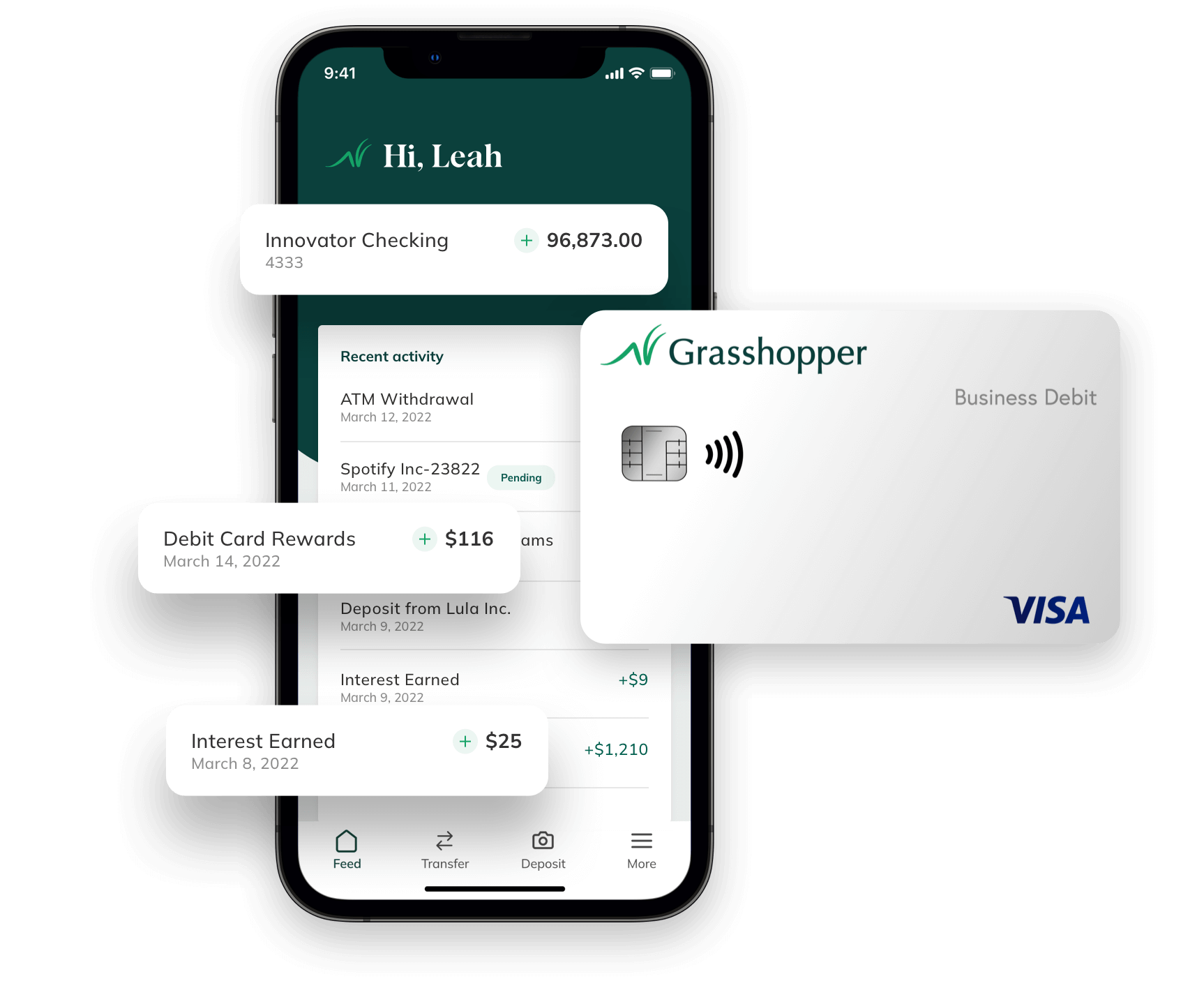Creating a budget is rarely a business owner’s favorite aspect of running their business, as it can take a lot of time and energy. However, it’s a must-have for every small business that wants to stay financially healthy and become as successful as possible. A business budget works as a financial road map, offering you a detailed plan of where you’ll spend your money monthly or annually.
Why do you need a budget?
There are many benefits to creating a budget for your small business. A well-constructed budget can help you with the following:
- Forecasting the money you’re expected to earn
- Planning where to spend your money
- Identifying what expenses need to be cut
- Pointing out any leftover funds that can be reinvested
- Predicting slow months
- Keeping you out of debt
Overall, budgeting makes it easier to run your business by ensuring you’re spending money in the right places. So, creating a budget is an excellent place to start if you want to run your business efficiently.
How to create a budget
Creating a budget can be boiled down to three main steps:
Step 1: Estimate your revenue
Before you can figure out where to spend your money, you have to know how much money you have to use. Spending more money than you bring in often leads to borrowing money, which defeats the purpose of having a budget in the first place. To create a realistic revenue estimate for the upcoming year, use previous years’ revenue figures as a reference point, taking into account all income sources.
Step 2: Analyze your costs
There are three types of costs that you need to take into account:
- Fixed costs: these are the costs that stay the same month to month, such as rent, internet, payroll, etc. These costs should be the easiest to calculate since they remain constant.
- Variable costs: these costs differ from month to month. Examples include electricity, travel, or marketing costs. To better predict how these variable costs fluctuate over time, add the total costs at the end of each month. After a while, you can accurately estimate how much of your income will need to be allocated for these costs.
- One-off costs: these costs are not paid for monthly and are often unexpected, such as replacing broken equipment. You want to ensure that part of your budget includes an emergency fund for these expenses.
Pro tip: some costs can be negotiated. For businesses that rely on suppliers, it may be possible to negotiate discounted rates on the products or services you need, so don’t forget to have these conversations with your suppliers as you calculate your annual budget.
Step 3: Put it all together
Once all the information is collected, it’s time to piece everything together. After subtracting your fixed and variable costs from your total revenue and determining how much to set aside for possible one-off costs, you will know how much you’re truly profiting.
Creating a profit & loss statement (also referred to as an income statement) is a great way to see all your revenue and expenses in one place, thus making it easier for you to know where you can focus your finances.

How can you make budgeting easier for yourself?
Creating a budget for your small business can be a lengthy process. Thankfully, there are many tricks to help make the process more efficient:
- Break down the budgeting process: Don’t try to create an entire budget all at once. Breaking down the process into smaller steps over time can help ensure that you don’t become overwhelmed.
- Utilize budgeting tools within your banking app: Some business bank accounts come equipped with tools that can aid in the creation of a business budget. For example, the “Insights” tab on the Grasshopper banking app provides an overview of your monthly spending, broken down into customized categories. This feature can help you better understand month-to-month trends and improve your cash flow management, which can aid in the creation of your business’s budget.
- Find a template: Organizing all your finances can feel like a daunting task, but there are many different templates that have been created specifically for business owners. Some options include The Balance, Smartsheet, and Google Sheets.
- Invest in accounting software: Accounting software can help you track your expenses and income and automatically create a P&L statement, making it easier to create an accurate budget. With an Innovator Business Checking Account at Grasshopper, clients can seamlessly integrate their finances into Quickbooks, one of the most popular accounting software options for small businesses.
- Hire an accountant: If you find that your business has gotten too far off track, hiring an accountant that you trust can be a helpful step. An accountant can help put your business back on track by managing your budget and preparing your taxes.
Still need help creating your budget?
Here are a few additional resources that can help you through the budgeting process:
- Beginning Balance (Podcast): Jesse Mecham and Mark Butler teach you how to manage your business cash flow, hone your business model, and not freak out about money.
- The Simplest Business Budget Template (Youtube): Tara Wagner explains the simplest way to get your business budget started with this easy to follow video.
- Profit First (Book): Mike Michalowicz gives step-by-step guides to transform your business from a cash-eating monster to a money-making machine.
By Michaela Lenahan in Small Business




